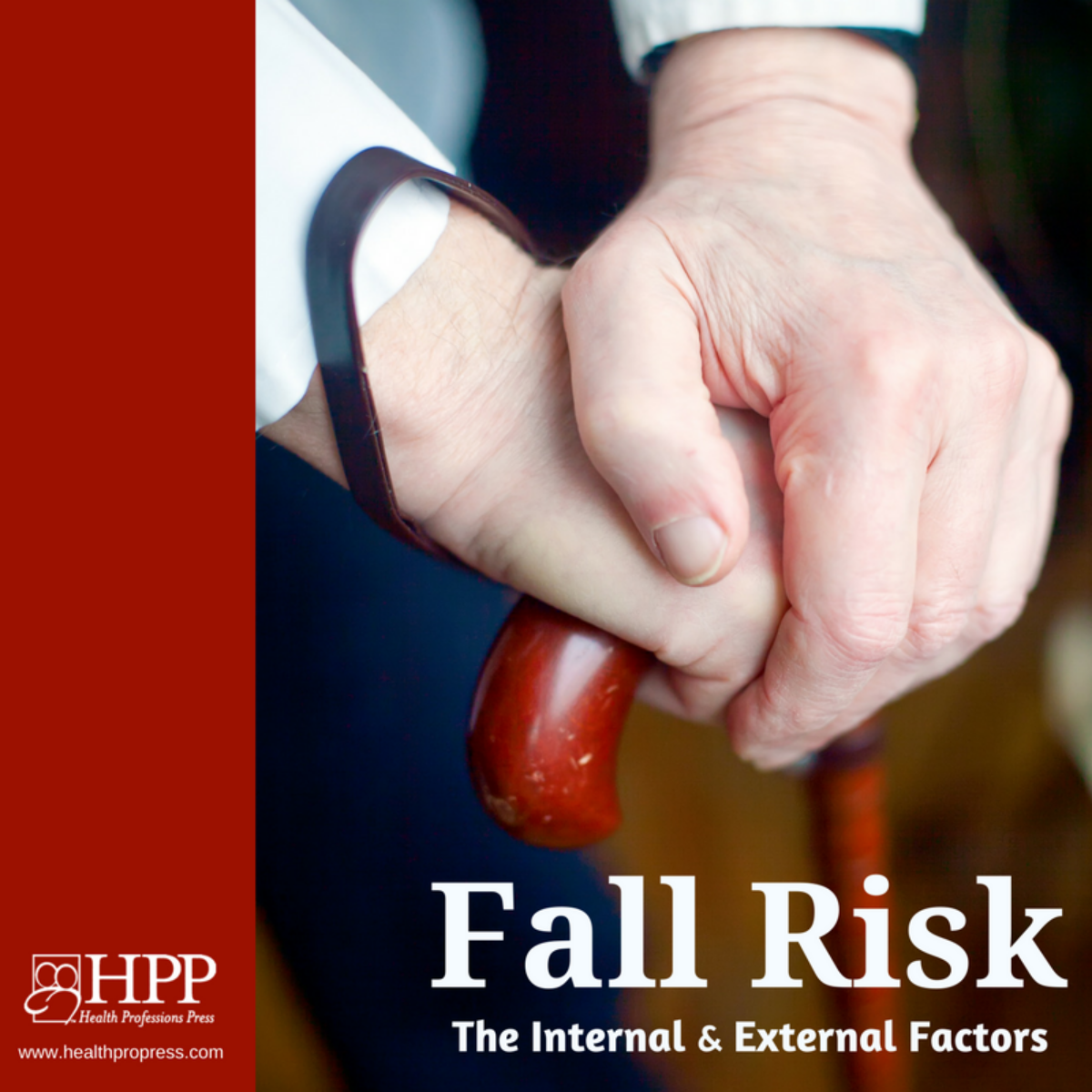
Understanding Fall Risk in Older Adults: The Internal and External Factors
Any resident in your care facility can fall, but certain conditions or situations place certain residents at higher risk. In order to prevent falls, it is important to know what conditions place residents at increased risk of falling. Fall risk factors are usually grouped into two categories: Internal factors and external factors.
INTERNAL FACTORS
Internal factors of fall risk involve what is going on with the resident him- or herself to increase risk, and include medical conditions and medication effects.
Previous falls
Residents who have fallen previously are far more likely to fall again. Many residents who fall do so repeatedly.
Poor eyesight
Diseases of the eye (e.g., glaucoma, cataracts, macular degeneration) can cause blurriness or other visual impairments that prevent residents from seeing hazards and objects in their path and can lead to trips and slips.
Poor hearing
Residents with hearing impairment may not be able to hear clearly and understand safety instructions given by a staff member, such as “Call for help when you want to get up from this chair.”
Urinary incontinence
The inability to control bladder function and the fear of losing urine leads to a sense of urgency to use the bathroom. Often, residents will rush to the bathroom and exceed their safe walking abilities, which increases the likelihood of falling.
Weak leg and arm strength
Medical conditions such as arthritis, diabetes, and stroke can alter muscle strength in the arms and legs. As a result, using arm and leg strength while getting out of a bed or up from a chair or toilet becomes much more difficult. This can easily lead to balance loss and increased fall risk.
Walking and balance problems
Medical conditions such as stroke, arthritis, diabetes, and Parkinson’s disease may affect a resident’s muscle strength and coordination, resulting in difficulties with balance control and walking.
Dementia and cognitive impairment
The inability to think clearly increases the risk of falls. Often residents with dementia have poor judgement and difficulty differentiating between safe and hazardous activities (e.g., they may try to stand or get out of a chair when they should not) or between safe and hazardous environmental conditions (e.g., they may not recognize that a wet floor is unsafe to walk on).
Depression and stress
As with residents with dementia, residents who feel sad may be less alert to surrounding environmental dangers.
Use of medications
Taking too much medication or the wrong combination of drugs can affect a resident’s judgment, coordination, and balance. Other common medication side effects that increase fall risk include dizziness, confusions, disorientation, fatigue, and sleepiness. Medications that increase fall risk include blood pressure pills, heart medications, diuretics or water pills, tranquilizers, and antidepressants. Residents who are on a combination of these drugs are at increase fall risk.
EXTERNAL FACTORS
A number of unsafe conditions in the environment increase the risk of falls. In general, hazardous environmental conditions place residents with poor balance and impaired ambulation and transfer skills at the greatest risk for falls.
Floor surfaces
Slippery or wet floors and highly polished or waxed floors can easily lead to slipping, especially in residents with poor gait and balance. Bathroom and tub/shower floors are especially hazardous
Chairs and toilets
Low-seated chairs and toilets, especially those without adequate armrests or grab rail support, may be difficult to rise from and increase the risk of falling. Residents with muscle weakness and nervous system diseases are at greatest risk.
Low beds
Low bed heights may be difficulty to get up from safely. This is especially a risk factor for residents with weak leg muscles.
Lighting
Poor or dim lighting in hallways, bedrooms, and bathrooms can lead to hazardous walking conditions and increased fall risk. Impaired vision makes lighting problems doubly dangerous.
Bathroom handrails
Lack of hand supports or grab bars to assist with toilet or tub/shower transfers can increase the risk of falls in residents who have balance problems.
Assistive devices
Giving a resident a cane or walker usually helps improve his or her walking and balance, and guards against falls. If the device is broken or not suitable for the residents, however, it will not support balance and can make a resident fall.
Wheelchairs
Chairs that roll away or tip over during transfers are especially dangerous. Additionally, broken brakes or footrests are a major cause of wheelchair falls.
Footwear
Wearing improper shoes or foot coverings, such as socks or hosiery without shoes, may alter gait and balance and cause a resident to slip.
FALL PREVENTION
Preventing falls is highly dependent upon educating staff, residents, and family members about falls, identifying those most at risk of falling, and coordinating appropriate risk reduction strategies through an organized care practice. To learn how to create a comprehensive fall prevention program in your facility, see The Essential Falls Management Series.
This post was adapted from Managing Falls in Assisted Living by Rein Tideiksaar, Ph.D., Copyright © 2006 by Health Professions Press, Inc. All rights reserved.
Read the series!
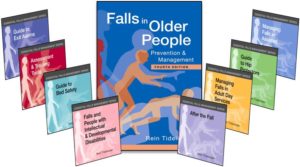 The Essential Falls Management Library
The Essential Falls Management Library
By Rein Tideiksaar, Ph.D.
Copyright © 2006 by Health Professions Press, Inc.
An easy-to-read, comprehensive guide to preventing and managing falls in hospitals and long-term care settings plus 8 CD-ROMs covering a variety of falls-related topics! This easy-to-read manual and comprehensive set of 8 CD-ROMs cover a broad range of issues related to the prevention and management of falls in older adults. Each CD-ROM includes PowerPoint presentations for targeted staff training and relevant assessment forms, checklists, and guidelines in printable PDF format.

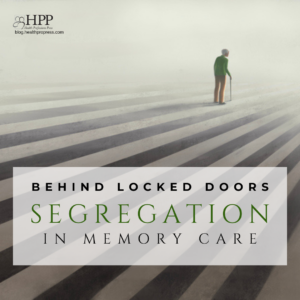
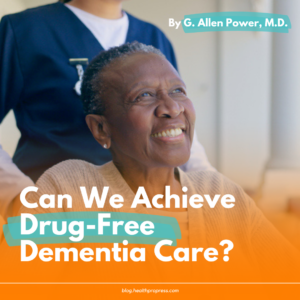
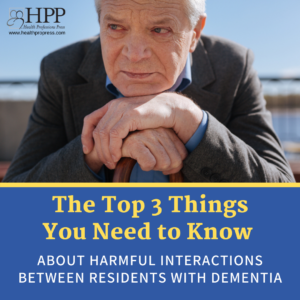
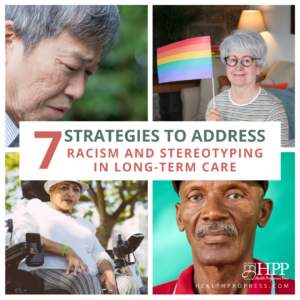
Add comment